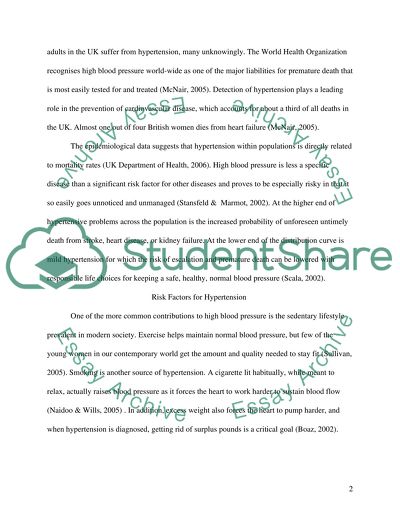Cite this document
(“Hypertension and its Impact on the Health of Women Essay”, n.d.)
Hypertension and its Impact on the Health of Women Essay. Retrieved from https://studentshare.org/health-sciences-medicine/1502334-health-promotion-college-essay
Hypertension and its Impact on the Health of Women Essay. Retrieved from https://studentshare.org/health-sciences-medicine/1502334-health-promotion-college-essay
(Hypertension and Its Impact on the Health of Women Essay)
Hypertension and Its Impact on the Health of Women Essay. https://studentshare.org/health-sciences-medicine/1502334-health-promotion-college-essay.
Hypertension and Its Impact on the Health of Women Essay. https://studentshare.org/health-sciences-medicine/1502334-health-promotion-college-essay.
“Hypertension and Its Impact on the Health of Women Essay”, n.d. https://studentshare.org/health-sciences-medicine/1502334-health-promotion-college-essay.


